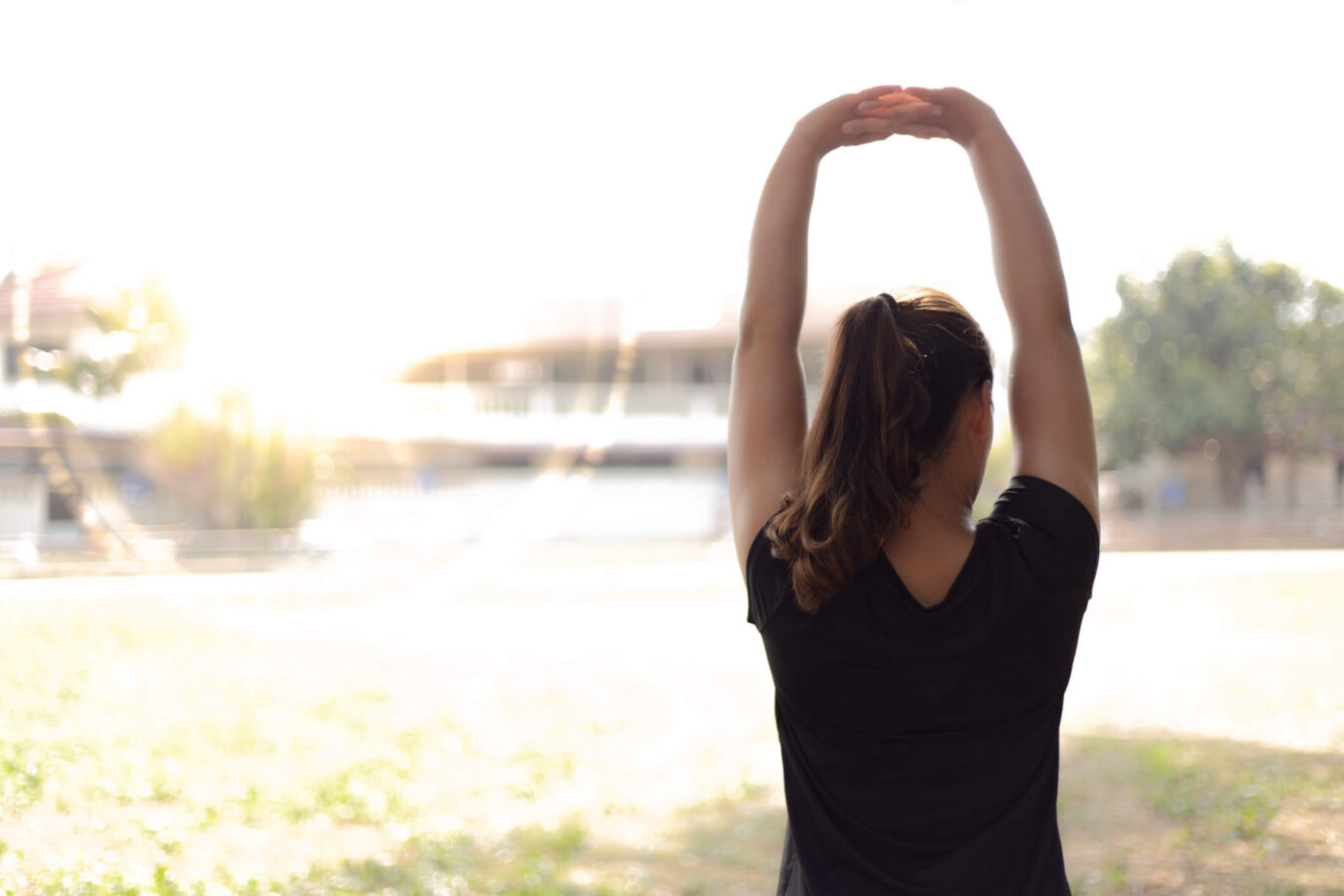
Medically reviewed by Misty Seidenburg
Nearly 16 million adults in the U.S. have chronic back pain. Persistent back pain interferes with everyday activities and can impact their quality of life. Some people with back pain find long-term relief with nonsurgical spinal decompression. Keep reading to find out how these treatments work and if you may be a good candidate for back decompression.
The spine is the bony structure that supports the body, protects the spinal cord, and allows the body to move. It is made up of the spinal cord, vertebrae (bones), joints, discs, soft tissues, and nerves. Different injuries, illnesses, and anatomical changes can affect these structures, and place added pressure on spinal nerve pathways. This pressure can lead to back pain.
Spinal decompression refers to a range of surgical and nonsurgical treatments and therapies to ease pressure on the spine and relieve back pain. For some people, surgery to remove structures pushing on the nerves is medically necessary for improvement.
For others, relief is possible without surgery. Nonsurgical spinal decompression therapy gently stretches the spine, changing force and position in a way that takes pressure off the spinal structures. This space allows oxygen and nutrients to flow more freely, promoting healing where damage has occurred.
While nonsurgical back decompression is not medically advised for everyone, it can be effective for individuals who are candidates for this treatment. People who may benefit from this treatment typically have radiating symptoms into their arms or legs and have not benefitted from other physical therapy measures. Speak with your healthcare provider and your physical therapist for a proper diagnosis and to determine if decompression is right for you.
Decompression of the spine can be beneficial for people with:
Back decompression is not generally advised for pregnant individuals, or those with conditions that compromise the integrity of the spine. Always check with your provider(s) for guidance based on your condition.
During spinal decompression, you will be fully clothed and lying flat on the table. The physical therapist may place a cushion under your knees for added comfort.
Some clinics utilize mechanical traction units while others provide manual therapy. During manual decompression, the physical therapist utilizes their hands to stretch out the spine and relive pressure on spinal nerves and discs.
During powered decompression, harness is placed around your waist (or neck for neck compression.) This harness is attached to a pulley system hooked up to a specialized machine. The machine slowly begins pulling on the harness to stretch and release the affected area before returning to the original position. The physical therapist determines how much force to apply and for how long. Generally, multiple sessions are required to achieve optimal results.
Physical therapists use back decompression as part of a multi-faceted back pain management program. At your first appointment, your therapist assesses your symptoms and limitations and prescribes a treatment plan to get you moving and feeling better.
Research shows that when combined with routine physical therapy, spinal decompression in people with radiculopathy- or nerve compression from the spine- offered better results than individuals who did not have decompression therapy. Depending on your own needs and goals, spinal decompression may be used in conjunction with manual therapy, exercise, stretching, ultrasound, electrical stimulation, and heat and cold therapy.
There are steps you can take to prevent or reduce spinal compression outside of the physical therapy clinic. Gentle yoga poses are a great way to lengthen and stretch the spine, while strengthening the surrounding muscles to improve posture and take pressure off spinal structures.
Even if you’re not a seasoned yogi, you can still decompress with stretching. Try these simple and easy moves to create space in the spine.
Bad sleeping posture is a common culprit of back pain. Try these tips for spinal decompression while sleeping to prevent those morning aches, pains, and stiffness.
If you’re a side sleeper, bend your knees approximately 30 degrees and place a thin pillow between them. This position keeps your hips parallel during sleep to ease pressure on your lower back.
If you sleep on your back, bend your knees at a 30-degree angle and place a small pillow under them to support the lower back and reduce pressure on the spine. While stomach sleeping is not recommended, if that’s the only position that works for you, try placing a small pillow under your stomach to maintain the spine’s natural s-curve.
If at-home remedies aren’t giving you the relief you need, physical therapy may be the answer. To schedule a back pain evaluation, find a physical therapy clinic near you.
External Sources:

